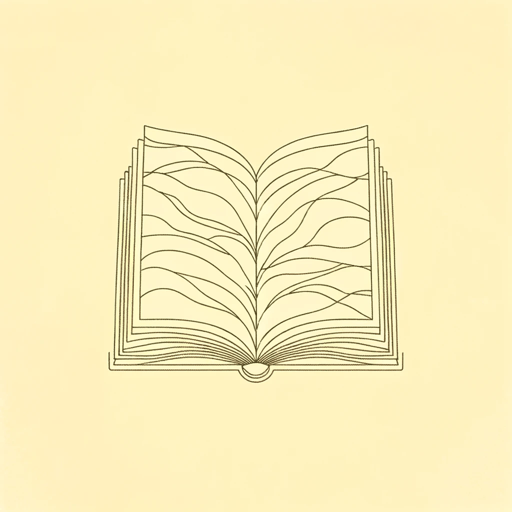16 pages • 32 minutes read
Galway KinnellWait
Fiction | Poem | Adult | Published in 1980A modern alternative to SparkNotes and CliffsNotes, SuperSummary offers high-quality Study Guides with detailed chapter summaries and analysis of major themes, characters, and more.
Literary Devices
Form and Meter
Kinnell’s free verse poem is written in 26 lines divided into two uneven stanzas. Like much of Kennell’s work, and the majority of late 20th century poetry, the poem is written in free verse. It has nonmetrical, nonrhyming lines resembling normal speech patterns. Line breaks are strategically deployed—alternating between brief thoughts isolated on one line, and longer reflections linking over multiple lines towards the end of each stanza. For example, the opening plea “Wait, for now” (Line 1) appears on its own line and bears more visual impact standing alone. This emphasizes the simple, direct plea to the listener, which is later repeated in even starker terms at the beginning of the second stanza with a simple “Wait” (Line 16).
Yet, as Kinnell compares the second-hand gloves to the desolation of lovers, for example, these lines flow together toward the end of the stanza, as he deploys both caesura and enjambment to link thoughts between lines. For example, in this sentence, Kinnell uses enjambment over multiple lines, while caesura marked by colons and semicolons work to separate clauses as well: “The desolation / of lovers is the same: that enormous emptiness / carved out of such tiny beings as we are / asks to be filled; the need / for the new love is faithfulness to the old” (Lines 11-15).
Related Titles
By Galway Kinnell



